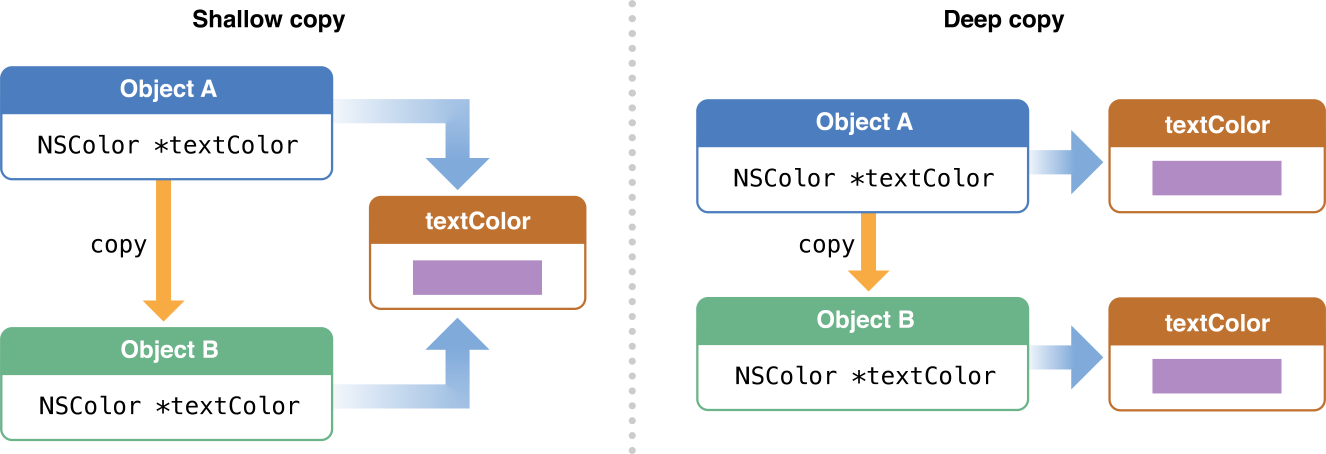In programming, there are generally two ways to copy things. You can create a shallow copy of data and you can create a deep copy of data. Typically, a shallow copy of data makes a reference to where the original data is in memory, whereas a deep copy copies the original data in full and creates memory allocation for that copy, specifically.
Actual examples of each in JS:
//shallow copy //deep copy
var arr = [1,2,3]; var arr = [1,2,3];var arr2 = arr; var arr2 = [];
console.log(arr2); //[1,2,3] for(var i = 0; i < arr.length; i++) {
arr[0]++; arr2[i] = arr[i];
console.log(arr2); //[1,2,3] }
console.log(arr2); //[1,2,3];
arr[0]++;
console.log(arr2); //[1,2,3];
In summary, a shallow copy is a reference to the memory of the original whereas a deep creates new memory for a copy of the original. Most related bugs aren't actually a result of shallow/deep copies, but rather confusion regarding reference by type vs reference by value.
References
http://stackoverflow.com/questions/3947227/deep-copy-of-an-object-array
http://geniuscarrier.com/copy-object-in-javascript/
http://stackoverflow.com/questions/184710/what-is-the-difference-between-a-deep-copy-and-a-shallow-copy

No comments:
Post a Comment